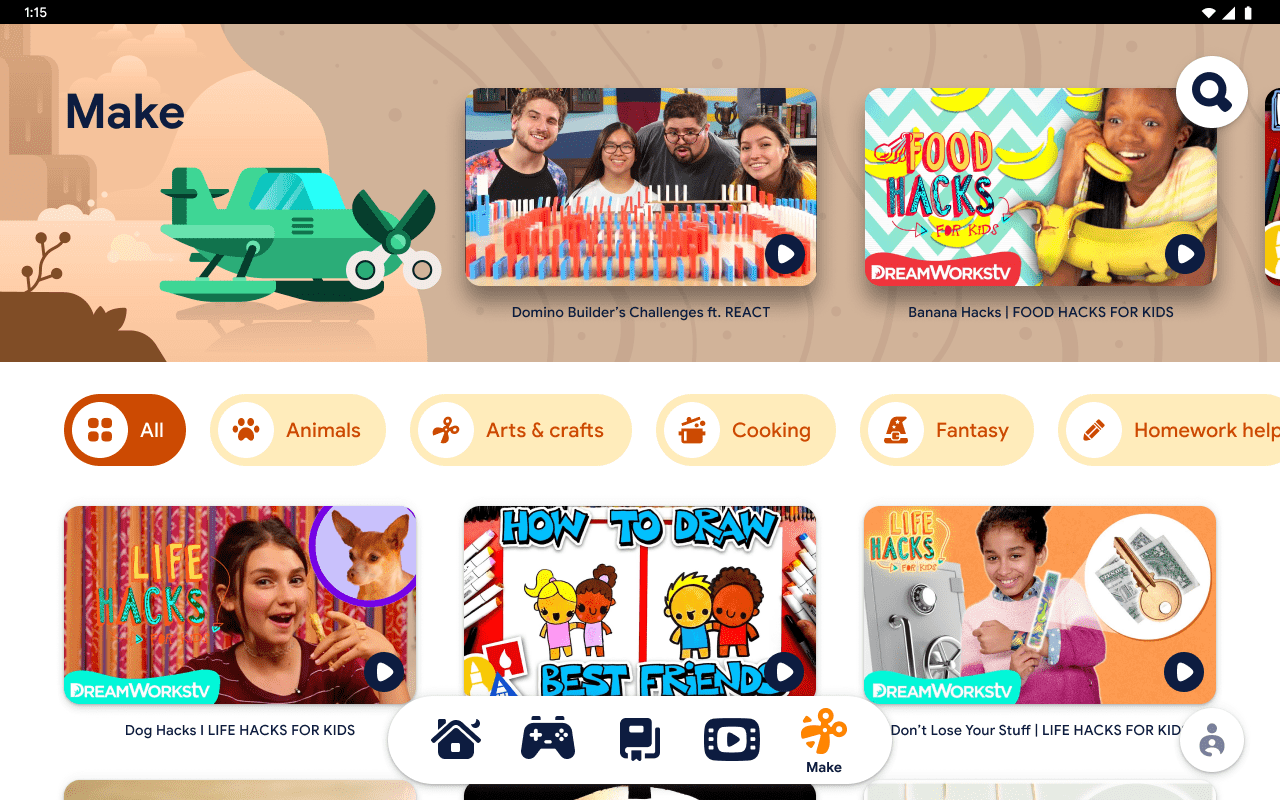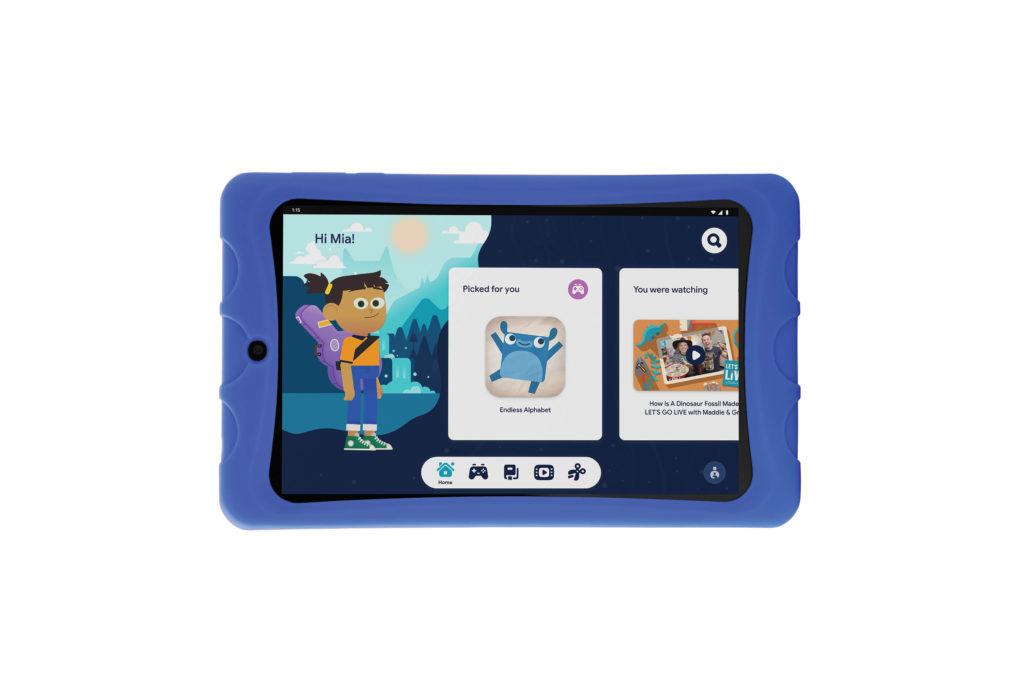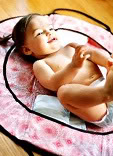4 things you should know about teaching your kids responsibility
This is a sponsored post on behalf of Google
Thinking about how to teaching your kids responsibility is one of those parenting moments where you know it’s important but breaking it down into actionable tasks is pretty difficult. Hey, we learned it, right?
But actually, responsibility isn’t something that just happens. It’s something that needs attention and cultivation, from a very early age, ideally, though it’s never too late to tackle this important skill, especially since they’ll be putting into practice every day — at school, at home, with friends and… technology, which our sponsor *Google Kids Space knows something about. For kids to be able to have their own Android tablet with the recommended content in Google Space Kids mode built-in… is a big deal, and comes with a lot of responsibility.
We’re glad to be teaming up with them to share these simple, actionable tips to help parents teach kids just that. We hope these help you as much as they’ve helped us with our own kids.

Start early, with simple things based on your child’s age.
Kids can learn responsibility from a very young age, from toddlers picking up their toys when they’re done playing with them, to preschoolers bringing up their bowl to the sink when they’re done, and to bigger kids cleaning up their own room. It’s tempting to jump in and do these tasks yourself because it’s quicker or you know that they won’t do it the “right” way, but when you do these little things for them, they’re missing out on learning this valuable skill. They’re also missing out on the satisfaction and ownership that comes with doing things on their own, which is a huge motivator as they continue to grow.
Instead of doing things for them, empower them to want to do the tasks on their own. Give them encouragement and celebrate them when they’ve gotten it done. Bonus points if they remembered to do it without you reminding them.
With responsibility comes consequences.
Another way that kids learn responsibility is experiencing the natural consequences that occur when they don’t follow through. For younger kids, this can be choosing to play with their toys rather than doing their homework, which might result in them having to rush the next morning and not doing their best work, or maybe even getting a chat with their teacher the next day at school. For older kids, it might be having to wear dirty clothes because they didn’t follow through with the responsibility for doing their laundry.
While you can always impose consequences, the most effective ones will be those that are just a natural part of them not following through on their responsibilities — at home or at school. It’s your job to determine when they’re ready for those lessons (and that’s based on age and your child’s personality, which you know best), but when they’ve been given a responsibility and they don’t follow through, seeing what results from that (rather than having a parent fix the mess) is an invaluable learning opportunity.
****
More about our sponsor, Google Kids Space

Google Kids Space knows that technology is a big responsibility, for kids and their parents, which is why they’re tuned into the things that help kids discover, create, and grow in a way that can be rolled out as kids are ready for more of it. That’s done through parental controls via the Family Link app by Google, that can be adjusted at any time by the parents, based on what their child needs.
But also, along with the 5 tabs—Home, Play, Read, Watch, and Make— which feature a variety of apps and games recommended by child education and media experts, along with free books, and videos too, parents can add content (through Google Play) based on their child’s responsibility level.
And because Google Kids Space starts at an affordable $59, parents can feel comfortable teaching responsibility with it for their younger kids, without having to worry about a huge financial investment.
Learn more about Google Kids Space and where you can purchase an Android tablet with Google Kids Space on their website.
****
Responsibility comes with positive reinforcement and rewards, too.
As much as responsibility comes with natural (and sometimes, imposed) consequences, it’s your job as a parent to reinforce the positive as much as possible. Positive reinforcement that’s natural is always best, but that doesn’t mean a reward system, chore chart, or allowance is a bad idea. For example, you don’t have to do much in a situation where a child who does their homework early so that they can play with their friends and do their own fun stuff. Other than saying “Wow, you got your work done early and now you can go have fun! Yay!” you don’t have to do much.
However, if there are more difficult or arduous tasks, or if positive reinforcement doesn’t seem to be cutting it, there’s nothing wrong with creating a reward system to help with the motivation. You’ll just want to be sure that what you choose is enough to help support their learning. Some kids love earn money, while others would rather earn treats. Figure out what works best for your family and then stick to it.
And don’t forget, they’re watching you.
We are our child’s first teacher, and even though you might not think they’re watching us, they absolutely are. If you show them how you follow through on your word, and stick to your responsibilities, even when it might not be easy, fun, or convenient, they’re going to learn that those things are important. Even better, show them how good it feels when you follow through.
Kids, even the older ones, repeat what they see. They model what they’re around. And if you are a responsible person, even when it’s really hard to be, there’s a good chance you’re going to raise a responsible human yourself.

Thanks to Google Kids Space for sponsoring this post. With so much amazing content on select Android tablets that start at $59, we hope that means more families can have access to technology, which has become an important part of kids’ learning, growing, and thriving in a digital world.
*Google Kids Space requires a Google Account for your child. Parental controls require the Family Link app on a supported Android, Chromebook, or iOS device. Books and video content not available in all regions. Video content subject to availability of YouTube Kids app. Books content requires the Play Books app. Availability of apps, books, and video content may change without notice.

 I never thought twice about diapering my son with the eco-not-so-conscious disposable diaper. I have to admit, I thought that cloth diapers were still big cotton towels that required safety pins, manual dexterity, and a whole lot of free time.
I never thought twice about diapering my son with the eco-not-so-conscious disposable diaper. I have to admit, I thought that cloth diapers were still big cotton towels that required safety pins, manual dexterity, and a whole lot of free time. Don’t get any sick ideas, dear readers. We’ve all seen our share of those softies and we certainly don’t need a stuffed one of THOSE laying around the house.
Don’t get any sick ideas, dear readers. We’ve all seen our share of those softies and we certainly don’t need a stuffed one of THOSE laying around the house. 


 When my 3 year old was a newborn we planned a trip to Europe and before I could say auf viedersehn, my brain pictured all the filthy traveling potties we would encounter while changing her diaper.
When my 3 year old was a newborn we planned a trip to Europe and before I could say auf viedersehn, my brain pictured all the filthy traveling potties we would encounter while changing her diaper.